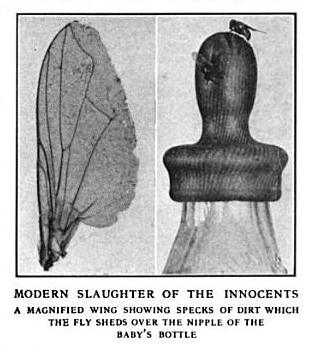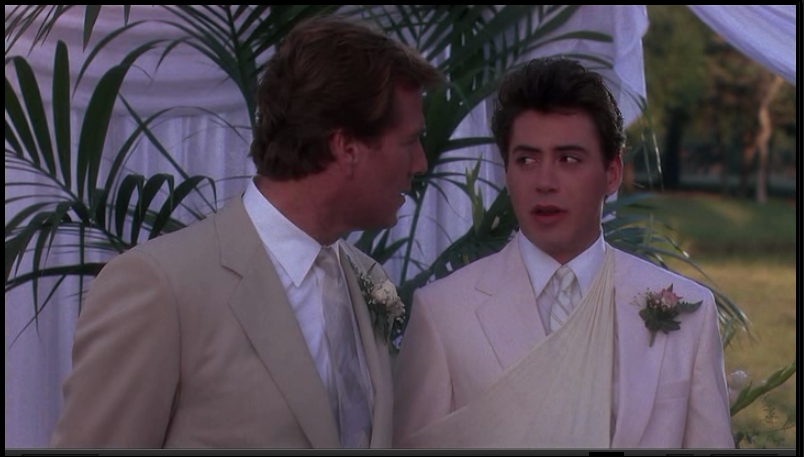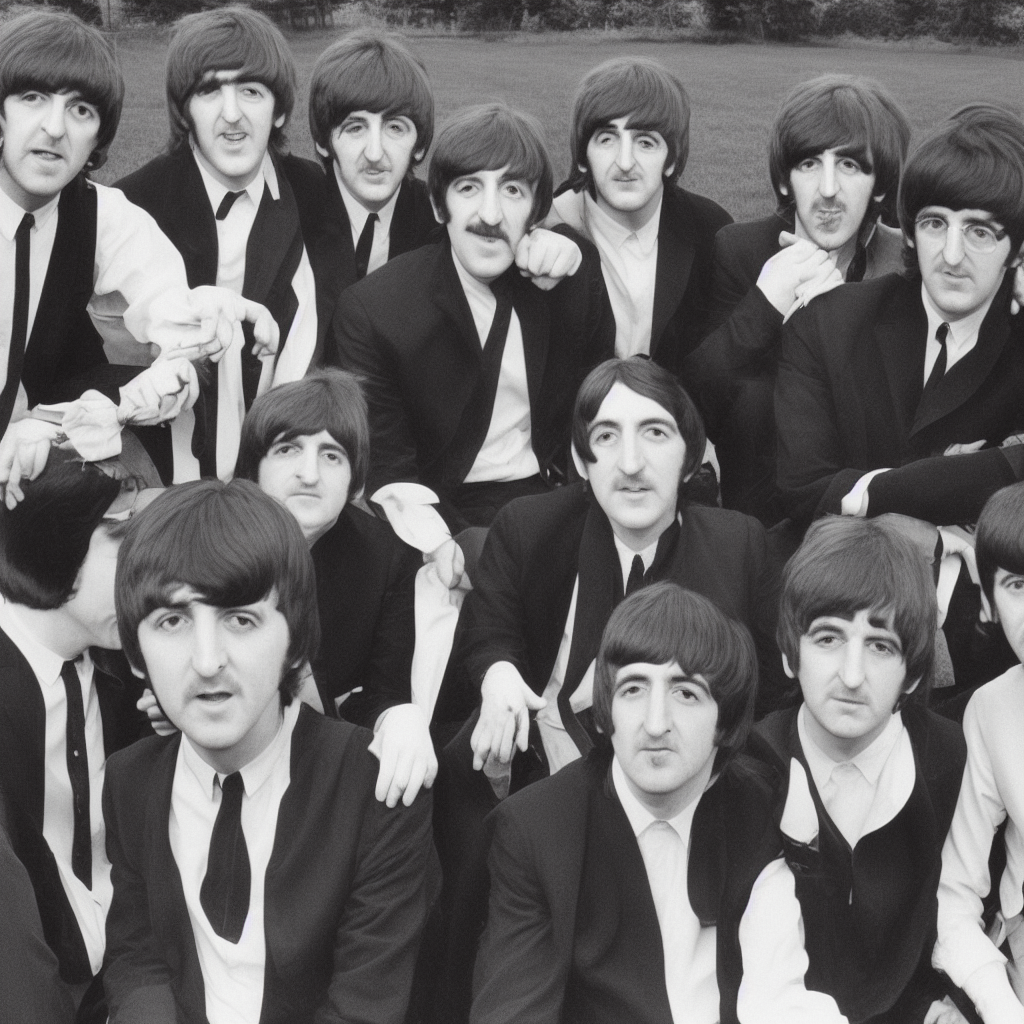
The house fly drones in F Sharp (F#). She’s a little sharper than that, but with the doppler shift constantly bending her drone as she flies away, the F# is probably around where she lands. Roll over the notehead below.
F Sharp is an obscure tone. In Meantone Tuning, the common European tuning from 1500 to 1900, an F# triad was unplayable. Not until the 18th and 19th centuries, with the advent of standardized turning systems like Well Temperament and Equal Temperament, did the F Sharp tonality of flies become fully available to composers. In other words, it was only in 1917, that mankind could really jam with a fly. Perhaps, humanity’s disdain for these bugs has something to do with the obscurity of their unattainable keynote.
Seriously though! Bees sing B Sharps (C), and Flies sing F Sharps (F#). What’s next, the Beatles’ entire catalog is discovered, tabbed out on the walls of a French cave?

Yes, there will be a field guide.
And please do be kind to your fly friends. Just blow, and she’ll fly away.









